One design critic’s opinion of a very well done Ford custom.
by Wallace Wyss –
Some detail photographs by Richard Bartholomew, other photographs by Wallace Wyss –
Now sometimes, in California, they mix and match at a concours. So it was with the Benedict Castle Concours in Riverside, CA held in late March, 2019. You get your hot rods, your kit cars, your prewar classics, your postwar classics and the odd project car, like a copy of the Buick Y-job, arguably the first postwar concept car.
Among the over 100 cars in the show there was this “shoebox” ’51 Ford, which I think is worth writing a separate design critique simply because this particular car was so far advanced over all the other cars at the show in terms of workmanship (and doubtless hours logged in the building of it).
It almost starts a new trend. Going beyond “restomod” it uses some traditional custom car design cues but also draws from the history of sports car development over the last century.
Begging your indulgence, I’ll do my review in the same format as I do other cars critiqued, view-by-view as you walk around the car:
FRONT: The grille bars look stock but they were in fact created from scratch. They have a sharper looking edge than the stock ones and thus help the trim match the leaned-down look of the whole car.
SIDE: The car has a flatter roof (“pancaked”), and the whole body has been “sectioned” (a few inches taken out all the way around so it sits lower on the frame.) Though basically it’s still all ’51 Ford, it’s like a ’51 adapted to a modern “lean” look.
The wheel wells are radiused to match the knock-off mag wheels.
REAR: The roof vent becomes most obvious from this view. Congratulations to the builder (and original owner when the project started) for not trimming this scoop with chrome which would have been needlessly superfluous in a design that was meant to look purely utilitarian).
INTERIOR: The car had a totally unexpected interior, a flat floor in front, with two bucket seats up front that were like something out of a race car, and a lot of exposed linkage for the shift lever, all metal bits, including matching brake, clutch and gas pedals, mounted on highly polished stainless pieces. Four auxiliary gauges were in a “floating pod” set off to the right of the steering wheel, a few inches higher than the dashboard.
THE TRUNK: Ordinarily I don’t comment on the trunk but this trunk had the spare mag wheel held down by straps like in an old ‘20s through ’40s race car. Plus a polished metal cover covering the gas tank. And even a polished metal cover for the rear-mounted battery.
IN SUM: This is a car that captures the best of the Fifties customs trends but manages to meld those influences in seamlessly with influences of European sports cars of the Fifties. Not quite a sports car but obviously this was an American car commissioned by an owner who knew what was happening in European cars of the time. The builder, Craig Wick of Wicked Fabrication, Auburn, Washington, told me that the original customer, Bruce Levin, (who died before the car was finished) happened to race Porsche sports cars, so he was in fact totally tuned into sports cars though decades earlier he had started out as a hot rodder. This car was meant to show his appreciation of the old with that of the new.
GUEST COMMENTATOR
I was very fortunate when I went to look at this car that right next to it was a much later Lincoln Continental convertible being displayed by a young lady who was accompanied by another show displayer, Camilo Pardo, the famous former Ford designer who did the ’05 & ‘O6 Ford GT (the car he was displaying in another part of the show was the current Ford GT).
I asked Camilo if he would mind taking a couple of minutes and walking around this ‘50s Ford and commenting on his reaction to what he saw. This mind you, is a request being submitted to a guy who worked at Ford for over 22 years and who has built custom cars himself.
He agreed and what followed was for me a memorable five minutes as he reeled off remarks on how each part of the car was done. Overall, he liked the stance of the car, and the matching continuity of the lowering of the body all the way around. The car had regular headlamps and period yellow lensed fog lamps, I voiced the opinion it could have had totally modern LED headlamps and more trick French-style fog lamps but he didn’t mind that it had the stock-looking period lights. In a way that was part of the “schtick” of restomods to look stock from a distance and then the closer you get the more you see that’s different.
One thing he said that was very interesting was that, as you looked at each view– the front ¾, the side, the rear ¾, etc.– there was a different and pleasing surprise presented at each view. He even liked the car’s almost military greyish color with goldish-painted knock-off wheels that resembled Italian Campagnolos of the ‘50s through the ‘60s. I said that the car’s gray color didn’t seem to go well with the sky blue color of the dash but he didn’t mind—I suppose on the pro designer’s color chart, that the color of blue selected does go well with the gray selected.
I was a little surprised that Pardo agreed with the builder’s engine choice, a big block Lincoln V8, from back in the era when the Lincolns raced in the Panamerican road race (which explained the “Lincoln” lettering on the car’s side. I was surprised at the engine choice, because the car is a restomod, which by definition is a car that looks old on the outside but is much newer mechanically, would usually have a more current Ford engine or maybe a ‘60s SOHC, or a 427 cu. in. FE big block in Cobra tune, but no, this owner (and this builder) went back to the Fifties for their engine choice, though it had updated looks with fuel injection that looked, at first glance, like four Weber carburetors.
We hinted around trying to extract a dollar figure for what it cost to build it and didn’t get one, though we heard the builder say “thousands of hours.” It’s a pity the man who commissioned it didn’t get to see it finished as a running, driving car appearing at a show but I think he would be pleased to know how much a connoisseur as qualified as Camilo, a man who has designed million dollar show cars for Ford, was impressed by it, enough to take a few minutes out of his day to critique it. It was a rare circumstance for me, because, though I’ve seen famous designers at Pebble Beach, they were always much too busy judging for me to interrupt their judging for a moment of their time to comment on a car’s design.
For me, what was great about Camilo’s critique is that he was judging not a mass-produced car the way it was made in Detroit but a car that was created specifically to fulfill one man’s dream….
Let us know what you think in the Comments.
Wallace Wyss
THE AUTHOR: Wallace Wyss is the author of 18 car histories and a fine art painter who will have a booth featuring his art at Concorso Italiano this August.
Richard Bartholomew is an artist and photographer based in Southern California. He is open to interesting consignments and can be reached at zeroagenow@aol.com
Donate to My Car Quest – Click Here



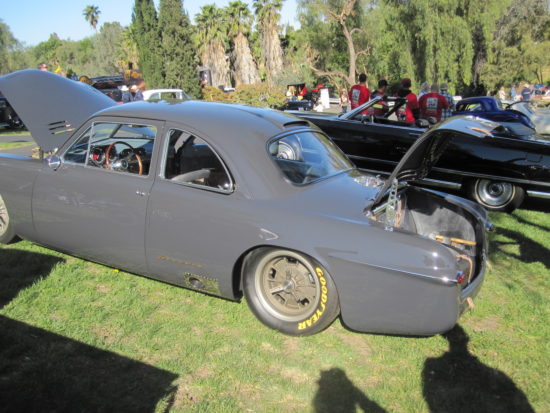

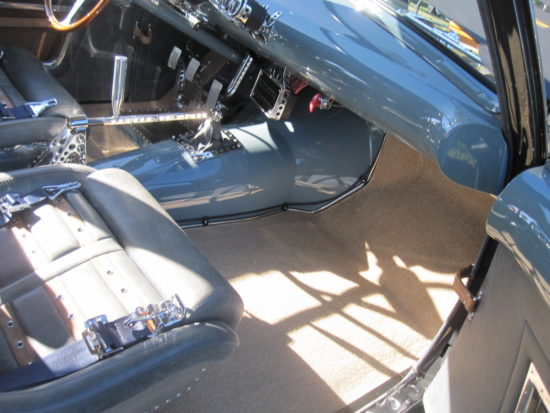
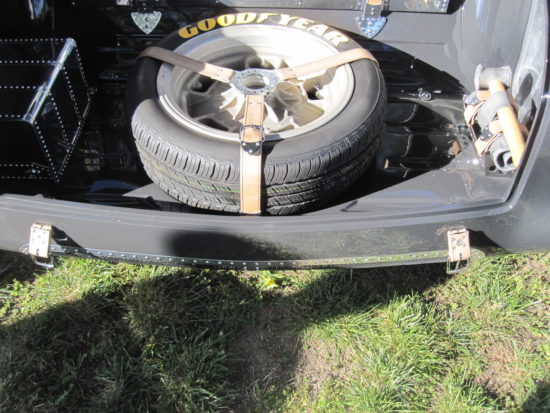
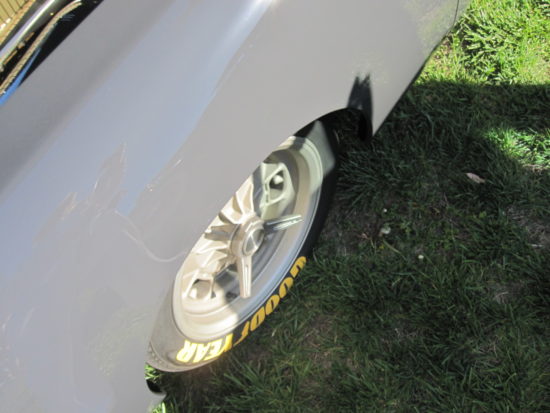
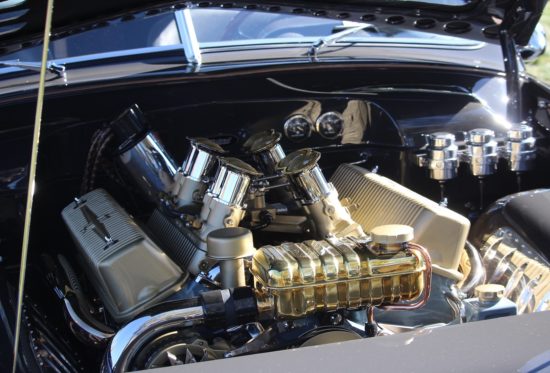
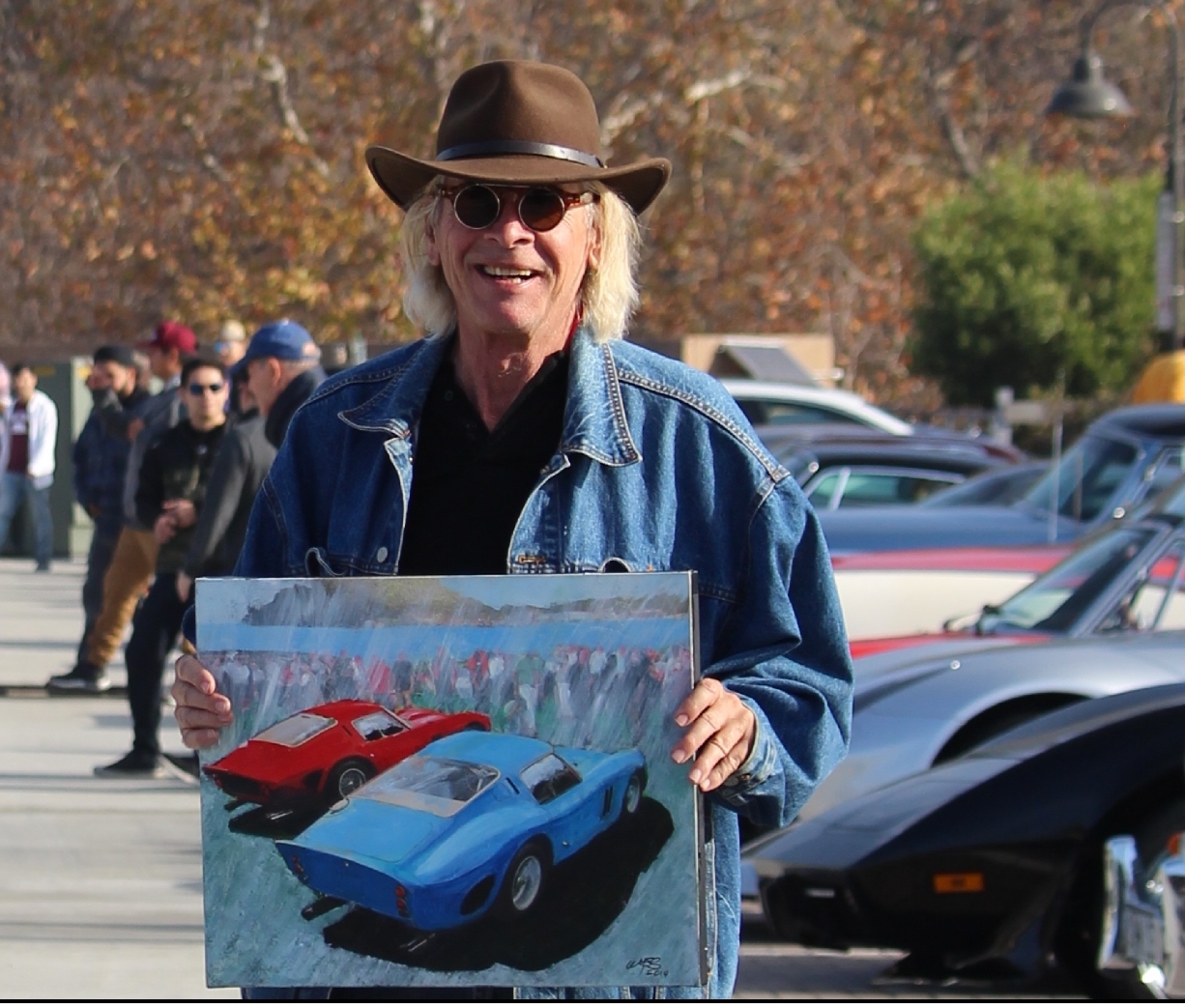
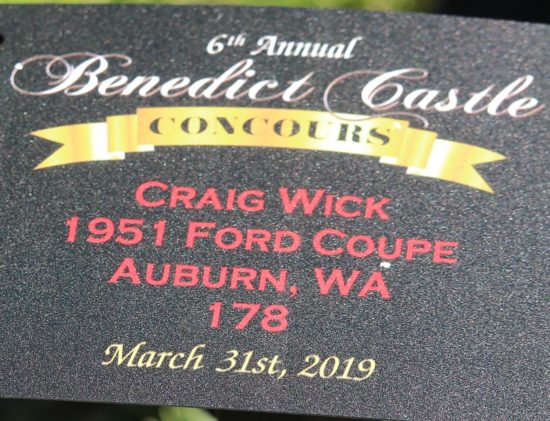


A technical masterpiece that rewards admirers with unique surprises everywhere you look. You might see other 51 Fords out there, but this one will stand on it’s own anywhere you go! Bravo!
Very nice commentary, Wallace, and you chose a really interesting car to examine. Your comments about Camilo are also spot on. He’s a nice, quiet guy who happens to have a great depth and breadth of design expertise, and is 100% real.
WOW! GREAT JOB . MY FIRST CAR WAS A 49 FORD CUSTOM HAD A LOT OF FUN IN THAT CAR. I BOUGHT IT WHEN I WAS A SOPHOMORE, IN HIGH SCHOOL, SO I COULD DATE THE JUNIORS AND SENIOR GIRLS. 1955 AND 56. HUBA HUBA